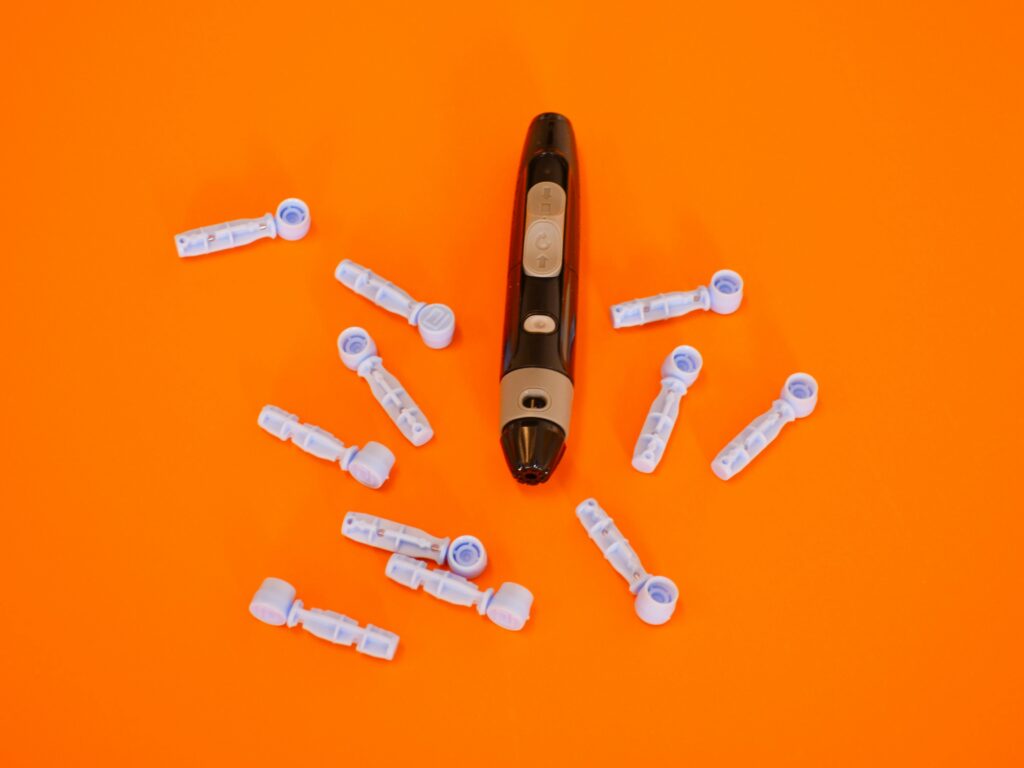
Living with diabetes can be a complex journey, especially when dealing with a lesser-known form called Type 1.5 diabetes, also known as Latent Autoimmune Diabetes in Adults (LADA). This hybrid condition shares traits with both Type 1 and Type 2 diabetes, making it particularly tricky to diagnose and manage. In this post, we’ll explore the symptoms of Type 1.5 diabetes, with a focus on helping you understand whether you or a loved one might be at risk.
What is Type 1.5 Diabetes (LADA)?
Type 1.5 diabetes, or LADA, is an autoimmune condition that strikes in adulthood, usually between the ages of 30 and 50. Unlike Type 1 diabetes, which typically develops in childhood, LADA progresses slowly, often being mistaken for Type 2 diabetes due to its onset later in life. However, unlike Type 2 diabetes, LADA involves an autoimmune attack on the insulin-producing cells of the pancreas, leading to eventual insulin dependence.
Key Symptoms of Type 1.5 Diabetes
Recognizing the symptoms of Type 1.5 diabetes can be challenging since they overlap with both Type 1 and Type 2 diabetes. Below are some common signs to watch for:
- 1. Increased Thirst and Urination
- One of the first signs that something might be wrong is excessive thirst and frequent urination. This occurs because the body is trying to eliminate excess glucose through the urine, leading to dehydration.
- 2. Unexplained Weight Loss
- Despite eating normally, or even more than usual, individuals with Type 1.5 diabetes may experience unexplained weight loss. This is due to the body’s inability to utilize glucose properly, forcing it to break down fat and muscle for energy.
- 3. Fatigue
- Persistent fatigue that doesn’t improve with rest can be a significant indicator of Type 1.5 diabetes. The body’s cells are deprived of glucose, the primary energy source, which leads to a constant feeling of tiredness.
- 4. Blurred Vision
- High blood sugar levels can cause the lens of the eye to swell, resulting in blurred vision. This symptom is often one of the early signs of diabetes that prompts people to seek medical advice.
- 5. Slow Healing of Wounds
- Cuts and bruises that take longer than usual to heal may signal an underlying issue with blood sugar levels. Elevated glucose can impair circulation and the immune system, slowing down the healing process.
- 6. Numbness and Tingling in Hands and Feet
- Nerve damage (neuropathy) due to prolonged high blood sugar can lead to numbness, tingling, or pain in the extremities. This symptom is more commonly associated with Type 2 diabetes but can also occur in Type 1.5 diabetes.
Sarah, a 42-year-old teacher, had always been conscious of her health. She ate a balanced diet, exercised regularly, and maintained a healthy weight. However, she began noticing that she was constantly thirsty and frequently needed to use the bathroom. At first, she thought it was due to the stress of her job, but when she started losing weight despite not changing her eating habits, she became concerned.
A visit to the doctor confirmed that her blood sugar levels were alarmingly high. Initially, she was diagnosed with Type 2 diabetes and started on oral medication. However, as months passed, her condition didn’t improve, and she began to experience severe fatigue and blurred vision. It was only after a second opinion that she was diagnosed with Type 1.5 diabetes (LADA).
Sarah’s story is a reminder of how crucial it is to recognize the symptoms of LADA and seek appropriate medical advice if you suspect something is wrong.
- When to Seek Medical Advice
If you experience any of the symptoms mentioned above, it’s essential to consult with a healthcare professional. Early detection of Type 1.5 diabetes can significantly improve your quality of life and delay the progression of the disease. A simple blood test can measure the levels of certain antibodies that indicate an autoimmune response, which is key in diagnosing LADA.
For those already diagnosed with Type 2 diabetes but whose symptoms don’t seem to align, consider discussing the possibility of Type 1.5 diabetes with your doctor. Being proactive about your health can lead to more effective management and better long-term outcomes.
By understanding the unique symptoms of Type 1.5 diabetes, you can take the necessary steps to manage your health effectively. Whether it’s through regular monitoring, lifestyle adjustments, or medication, staying informed is your first line of defense against this complex condition. Remember, early intervention is key—don’t hesitate to seek medical advice if you notice any concerning symptoms.
For a basic understanding of how diet affects diabetes, read our post on Healthy Eating Tips for Beginners.


